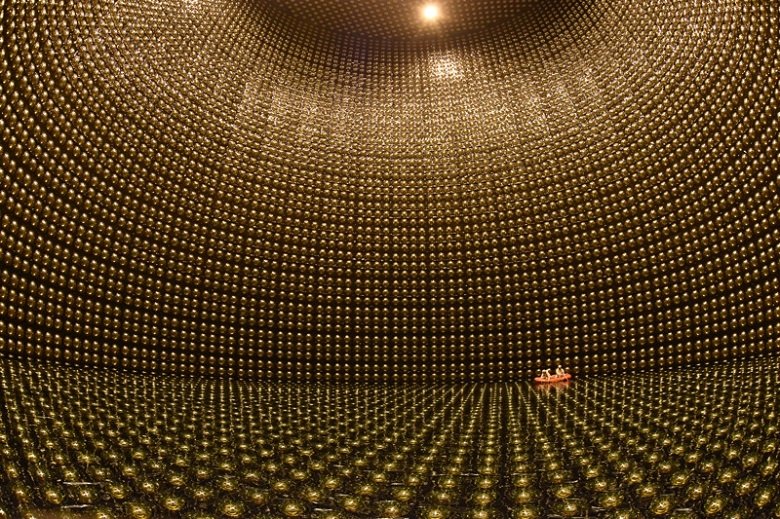Super-Kamiokande is the large water Cherenkov detector that started to collect data in 1996. It is filled with 50,000 tons of ultra pure water, and about 13,000 photo-multipliers are installed on the tank wall. The detector is located at 1,000 metres underground in the Kamioka mine, Japan. The main purpose of the Super-Kamiokande experiment is to reveal the neutrino properties through the observation of solar neutrinos, atmospheric neutrinos and man-made neutrinos. In 1998, from the observation of atmospheric neutrinos, we discovered neutrino oscillations, where neutrinos are changing their types in flight (2015 Nobel Prize in Physics awarded to Prof. T. Kajita). Super-Kamiokande acts also as a far detector of the T2K experiment, thus detecting beam neutrinos coming from the J-PARC accelerator centre. Super-Kamiokande also searches for proton decay events predicted by GUT theories. Finally, a 20 ton gadolinium-filled detector, EGADs, provides the technological test bed for the experiment for gadolinium filling, and it is also a detector in its own right looking for supernova neutrinos. The EPAP group is a member of both Super-Kamiokande and EGADs, working on the gadolinium study and solar neutrino analysis.
